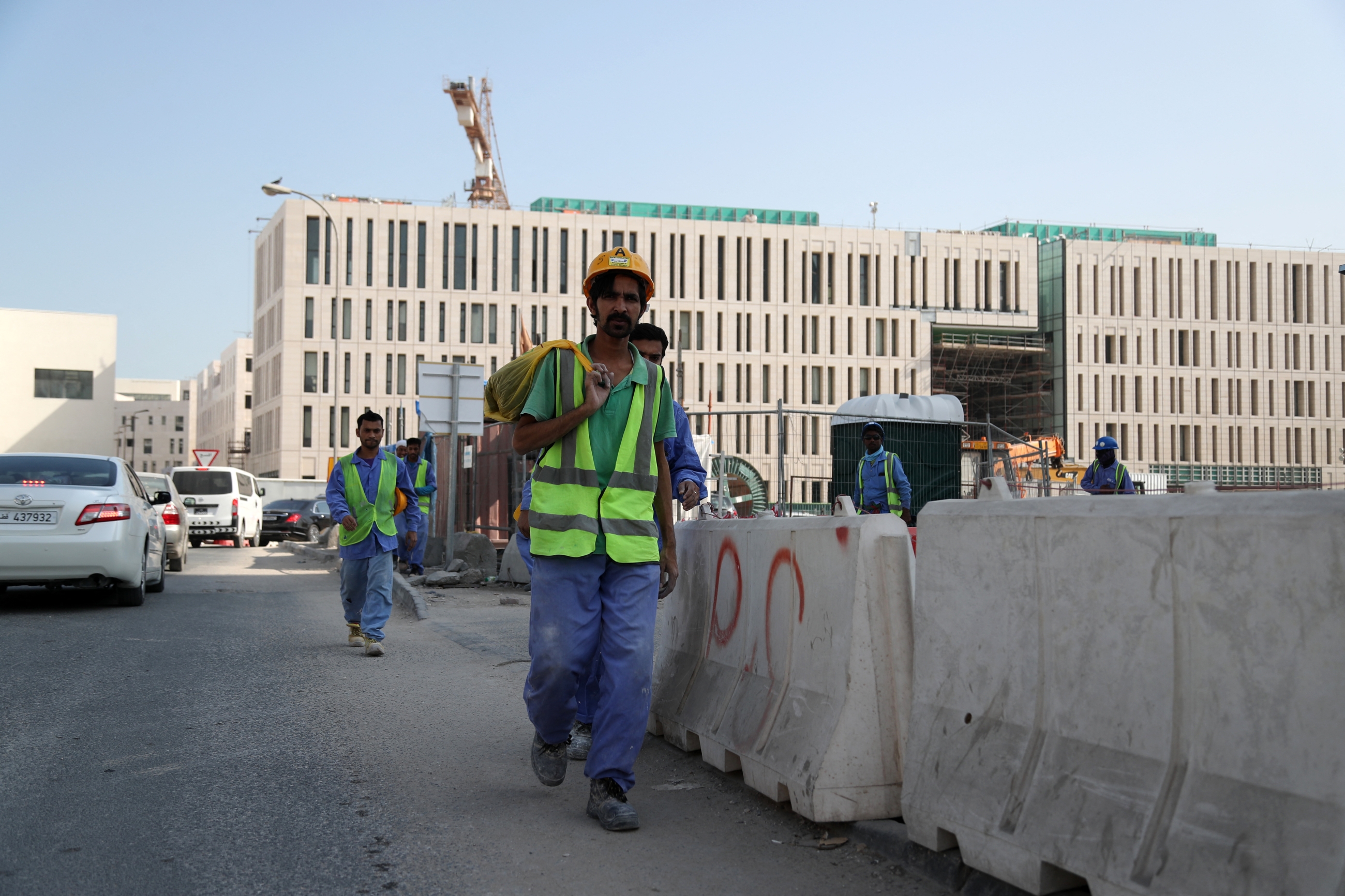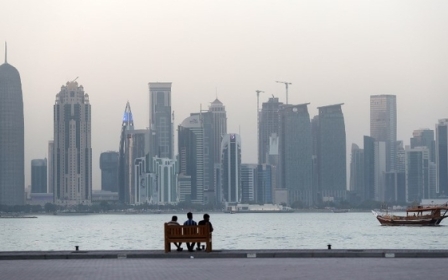Qatar: More than 6,500 south Asian migrant workers have died since 2011, says report

At least 6,500 migrant workers from south Asian countries have died in Qatar since it won the right to host the Fifa World Cup in 2010, based on data compiled from government sources.
According to data compiled by the Guardian, an average of 12 migrant workers from India, Pakistan, Nepal, Bangladesh and Sri Lanka have died each week in the period between 2011 and 2020.
Government data from India, Bangladesh, Nepal and Sri Lanka recorded 5,927 deaths during this period, while Pakistan’s embassy in Qatar reported a further 824 deaths.
Deaths from the final months of 2020 as well as from nations such as Kenya and the Philippines were not included in the total, meaning the death toll is potentially even higher.
Qatar has faced repeated criticism from human and labour rights organisations over its treatment of migrant workers, especially the controversial kafala system which tied workers to their employers, preventing them from changing jobs without their permission.
Although Qatar largely ended the kafala system in September 2020, the country still has a poor record on workers' rights, with construction workers in particular operating in gruelling conditions and receiving low pay and wages delayed for months at a time.
According to the Guardian, official reasons given in the data for deaths of migrant workers in Qatar included multiple blunt injuries due to a fall from height, asphyxia due to hanging and undetermined cause of death due to decomposition.
However, the data said the most common reason for deaths were "natural deaths" linked to acute heart or respiratory failure. Of the 2,711 Indian migrant workers who died in the country since 2011, 80 percent were described as "natural deaths".
The high summer heat that many workers in Qatar have been forced to work in has been repeatedly pinpointed as a factor in the deaths of migrant workers.
Qatar has said that the number of deaths among migrant workers in the country is proportionate to the size of the workforce.
Middle East Eye delivers independent and unrivalled coverage and analysis of the Middle East, North Africa and beyond. To learn more about republishing this content and the associated fees, please fill out this form. More about MEE can be found here.





